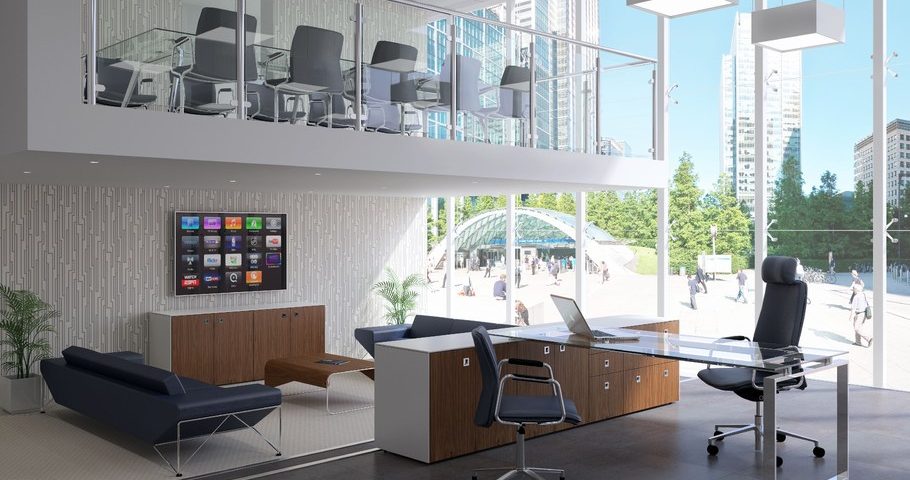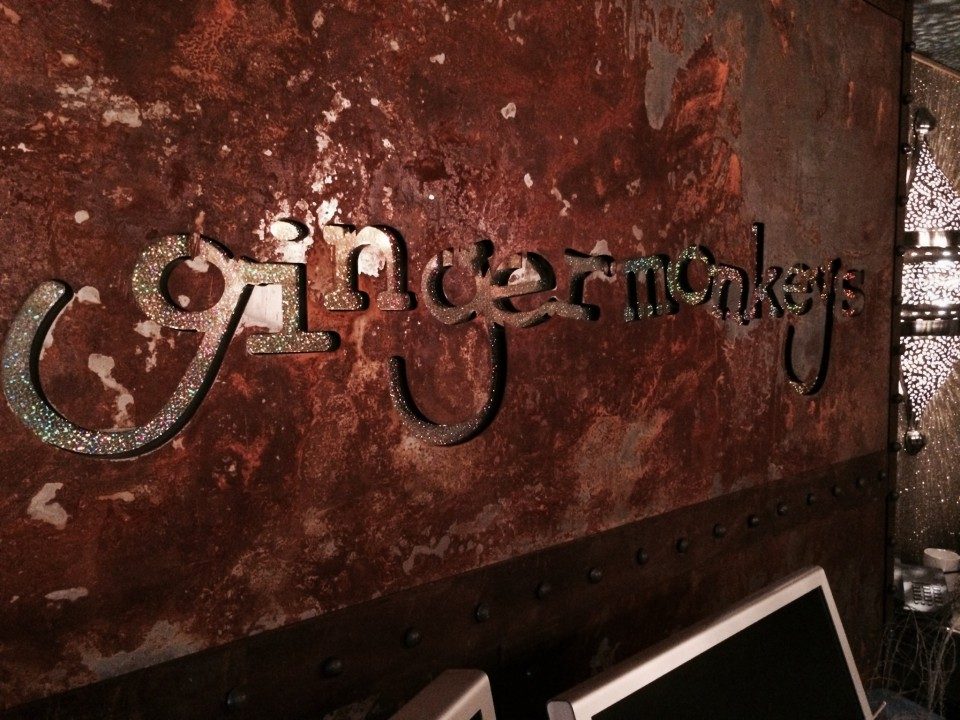10 Office Design Tips to Foster Creativity

Workspace Design Trends To Increase Your Productivity
May 6, 2016
5 Open-Office Plan Tweaks That Increase Productivity
May 9, 201610 Office Design Tips to Foster Creativity

1. Design Matters
On vacation, would you ever choose a hotel with fluorescent lighting and drab grey rooms? The answer is obvious. But plenty of small-business owners forget simple things when it comes to office design. Exactly how do the smartest, most collaborative small companies use office design to reinforce their culture and inspire creativity? Furniture-maker Turnstone recently visited 19 of America’s coolest small businesses to find out. Kevin Kuske, general manager of Turnstone, explains how your office can steal their best design elements.
2. Let the Inmates Run the Asylum
Allowing your employees to bring in personal items, family photos, or even their dogs costs nothing–and provides instant benefits. Not only do these artifacts brighten up a dull office but, by letting your team be themselves at work, “you really start to build a community,” says Kuske. “People act much more natural, which of course is really good for innovation and creativity. When you build trust in relationships and comfort, people will take risks.”
3. Play Anthropologist
How do you choose the environment that’s best for your team? Forget asking them and try watching them instead, suggests Kuske: “The problem with asking is, if people don’t know it’s an option, they’re not going to give it to you as an answer. But when you watch their behaviors, you see no one ever uses those four spots over there but the couches are always busy. Or hey, why do you leave every other day? That would give [a small-business owner] a lot of clues as to what’s right for their particular company.”
4. Adopt Urban Zoning
Channel your inner urban planner and think in terms of zones. “Like a good city or a good restaurant, have zones,” advises Kuske. “If I want to talk, I stand at the kitchen counter because that’s where everyone comes and talks. If I need some privacy, I find two couches pulled together. It makes a better space, but it also makes for better collaboration because people have a choice.” A great city has zones, why shouldn’t an office?
5. Brand Your Space With Objects
Align your space with your brand and culture through the use of iconic objects. Turnstone has seen this done with a stuffed bear and a racecar, but you can choose whatever best represents the mood you’re aiming for. You can even use your own work, as one of Turnstone’s research subjects, Michigan software development company Menlo Innovations, has done.
6. Cultivate Buzz
Density counts–and not just for efficiency’s sake. “Think about when you go to a restaurant with your husband and a second couple comes in and they put them in the booth right next to you. What do you do with your voices? You get quieter until the restaurant gets busy and noisy. Offices are the same way. If you keep a lot of energy and people in the space, everyone is free to talk, interact, because the background noise–the buzz–gives them privacy,” says Kuske.
7. Forget “One Person = One Desk”
Think you need one desk per team member? Think again. Kuske says mobile technology has rendered this idea obsolete, which is good news for cash-strapped small-business owners–it frees up money for more creative space design. “Part of the cost structure everyone has is, they make this assumption of a desk per person. But with mobile work, when you walk into most places, how many of those desks are actually used at any given moment? Not many,” he says. In Turnstone’s experience, often up to 60 percent of desks can go.
8. Games and Green
“One of the small businesses we went to did interviews for candidates at a Ping-Pong table. It was about putting people in a situation that got them away from their canned speech,” Kuske reports. Adding plants, as well as natural materials and light, is another small change that pays big dividends. Studies show that natural light has beneficial health effects and can boost creativity. How’s that for a sunny outlook?
9. Let People Choose How to Be Creative
Let your team pick personalized coffee mugs, items on their desks, and how they create. “Some people create with crayons, some with computers, some have got to get up and write on the wall. If you go into a conference room with white boards and watch, there are certain people who, unless forced, will never write on the wall. They’re either not comfortable with their handwriting or their body image, or they don’t like turning their back on people. But if you put paper on the table, they start doodling,” Kuske says.
10.Make a Conscious Decision on Concentrated Work
Buzz is great for collaboration, but what about if someone needs to hunker down and concentrate quietly for a few hours? Kuske thinks small-business owners have a couple of options to cater to this sort of work, both of which can be successful: “You’ve got to think about where’s the space where someone is going to go do two or three hours of concentrated work alone and everyone knows not to interrupt them. Or accept the fact that people are going to leave to go do it somewhere else.”
Article By – http://www.inc.com/

